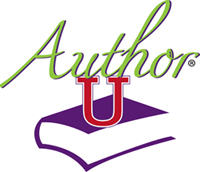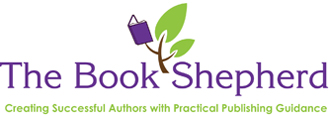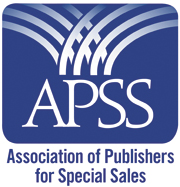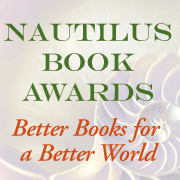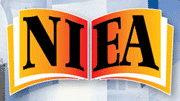Children’s picture books are about to become easier and less expensive to produce while becoming more versatile and more fun to read.
The reason? Children’s books are going from print to electronic.
This is great news for both the author and the reader.
 Thousands of people have written children’s picture books that will never be published. Nothing is wrong with the books—many are very good; the barriers are too high. The publishers are swamped with submissions and the $20,000+ production cost is too high for self-publishing.
Thousands of people have written children’s picture books that will never be published. Nothing is wrong with the books—many are very good; the barriers are too high. The publishers are swamped with submissions and the $20,000+ production cost is too high for self-publishing.
“Out of every 10,000 children’s books, 3 get published.”
–Jerrold Jenkins, The Jenkins Group.
People buy $3.1 billion of children’s books annually; the market is huge. The books sell for an average $7.34 in softcover and $14.51 in hardcover. It is hard to make money when four-color printing is so expensive and a minimum pressrun is 3,000 books.
The answer is not a new way of printing; it is a whole-new approach that is more versatile, more fun for the child, and a whole lot less expensive.
For a examples of some electronic children’s books, see http://appadvice.com/applists/show/children-ipad-books.
In the United States, 24% of our population moves every year. This means that one quarter of our population is faced with moving personal objects, including bulky and heavy books, annually. Certainly these parents can see the value of electronic libraries. Now families can have access to hundreds of books without taking physical position of them.
Comic books/graphic novels are the first to go to the electronic format. Comic book publishers will save a lot of money by eliminating printing and distribution. Children’s books will be next, followed by textbooks and then coffee-table books.
What makes this electronic revolution possible? The iPad, Kindle Fire and similar large-format, color eReaders coming soon.
The iPad and Kindle Fire are perfectly suited for children’s picture books. Eliminated are (expensive, four-color) printing, ocean shipping, customs clearance, answering the telephone, writing up orders, picking/packing/shipping, and the managing of all these functions.
Another great advantage of the electronic children’s book is it can be tested on parents, teachers, and children. Improvements can be made at no cost. Once you clean up your electronic edition, and are receiving great praise from parents, teachers and young readers, you might be encouraged to print the book. The ebook can be a test as well as a final product.
Some people question whether a child can be trusted not to break an iPad. Experience shows that young children love the device. They can read books on it, it talks to them, and they can perform many other functions with it. Many parents have an iPad or Kindle Fire now. In another year they will be trading up. That will be a good time to give the device to their child.
Children’s picture books normally involve two skilled people: the author an the illustrator.
For a list of illustrators, see
http://www.scbwi.org/Illustrators-Gallery.aspx
Or do the illustrations yourself
With an electronic book, you can link elements of the story to outside sites for more (educational) information. For example:
http://www.WorldAlmanacForKids.com
Authors will soon learn to build their children’s books for the iPad.
In the meantime, there are suppliers who can perform some functions for you.
To see what is going on with electronic children’s books, make a Google search for “ipad children’s books” (without the quotation marks).
See both of Google’s Web and Images areas. And, specifically, see:
Another advantage, today, is that you can bring your storybook to life by making your characters move. In fact you can add animations, sounds, and video.
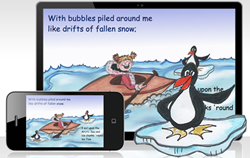 TaleSpring makes it easy for your storybooks to take full advantage of the finger-tap capabilities of the iPad and iPhone. Unleash your inner creative genius by creating your interactive storybooks online.
TaleSpring makes it easy for your storybooks to take full advantage of the finger-tap capabilities of the iPad and iPhone. Unleash your inner creative genius by creating your interactive storybooks online.
http://www.talespring.com/childrens-books
Also see:
Nook Kids for iPad.
http://www.daemonsbooks.com/2011/01/13/barnes-noble-releases-new-ipad-nook-app-for-kids/
http://www.dragonpencil.com/HTML/ebooks.html
http://www.ipad-ebooks.biz/ipad-books-for-kids.html
http://b10mediaworx.com/b10mwx/e-books
Of course, the final challenge, whether your book is paper or electronic, is to let your potential buyer know about your book. See
Imagine Being a Published Author
Today it is possible to lower the costs, eliminate publishers that will only reject your manuscript, help children to read and become a published author.
The future of children’s books is electronic and
the future starts tomorrow.
© Dan Poynter, 2011.
———————————————-
Dan Poynter, the Book Futurist, is the author of The Self-Publishing Manual and 126 other books. http://ParaPublishing.com
-30-








